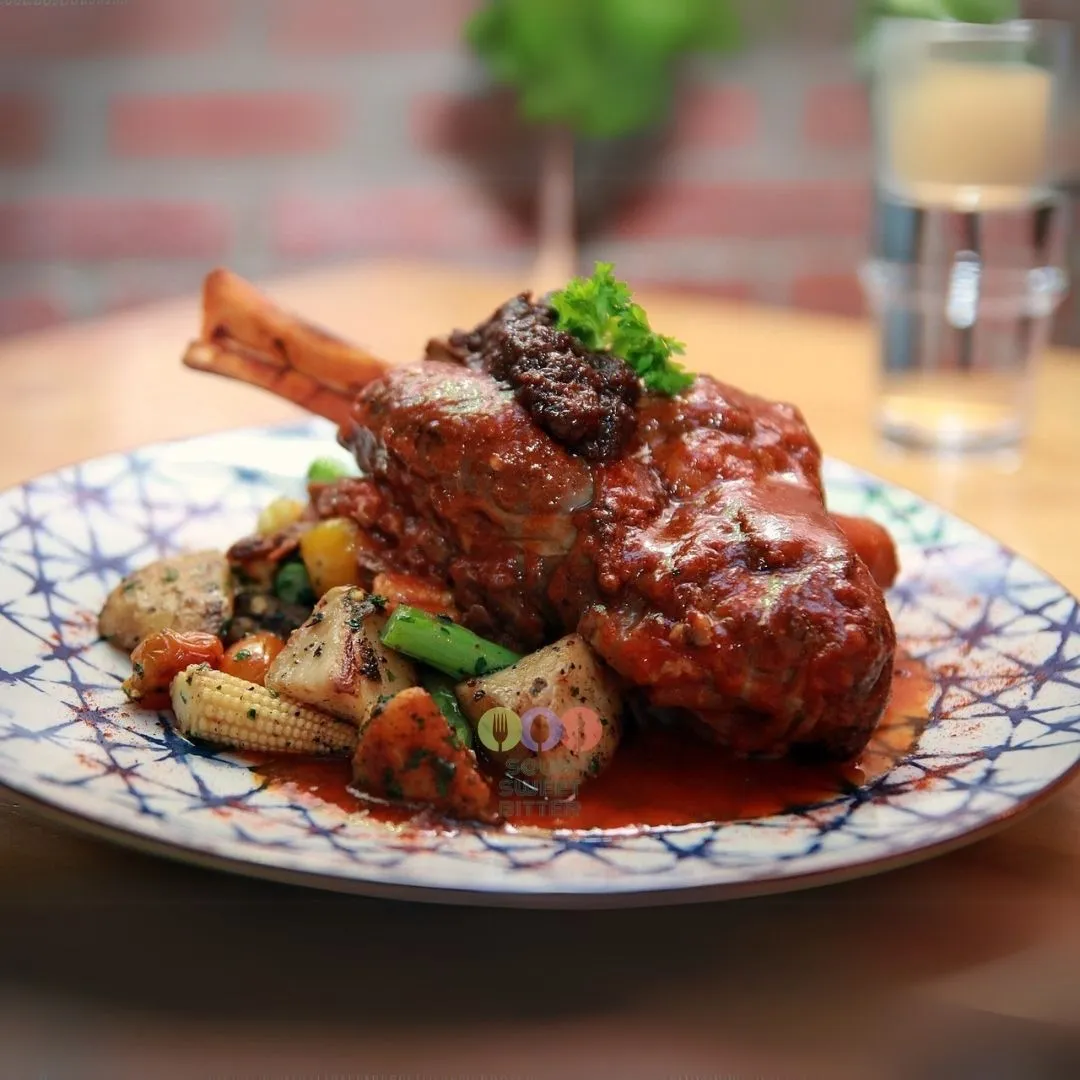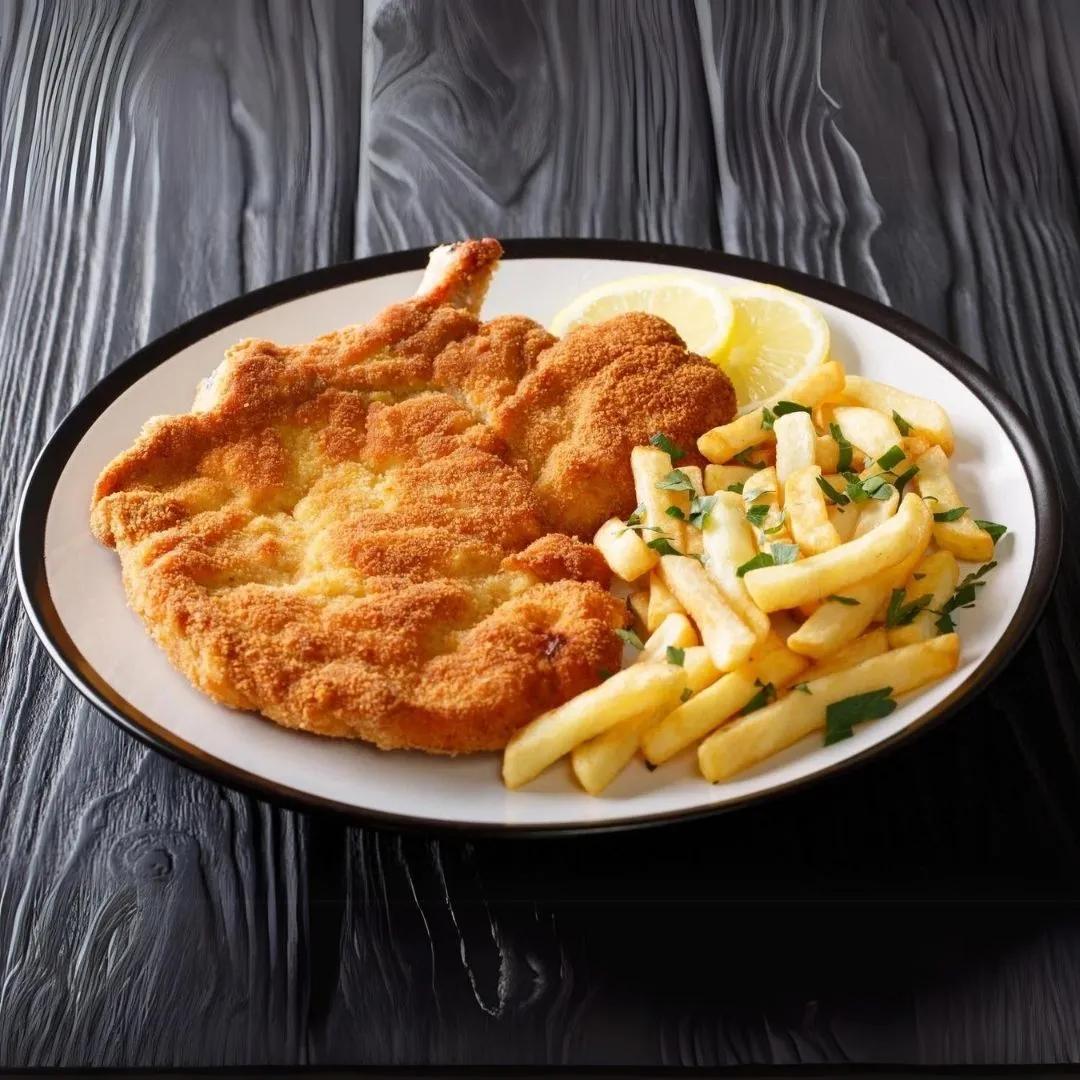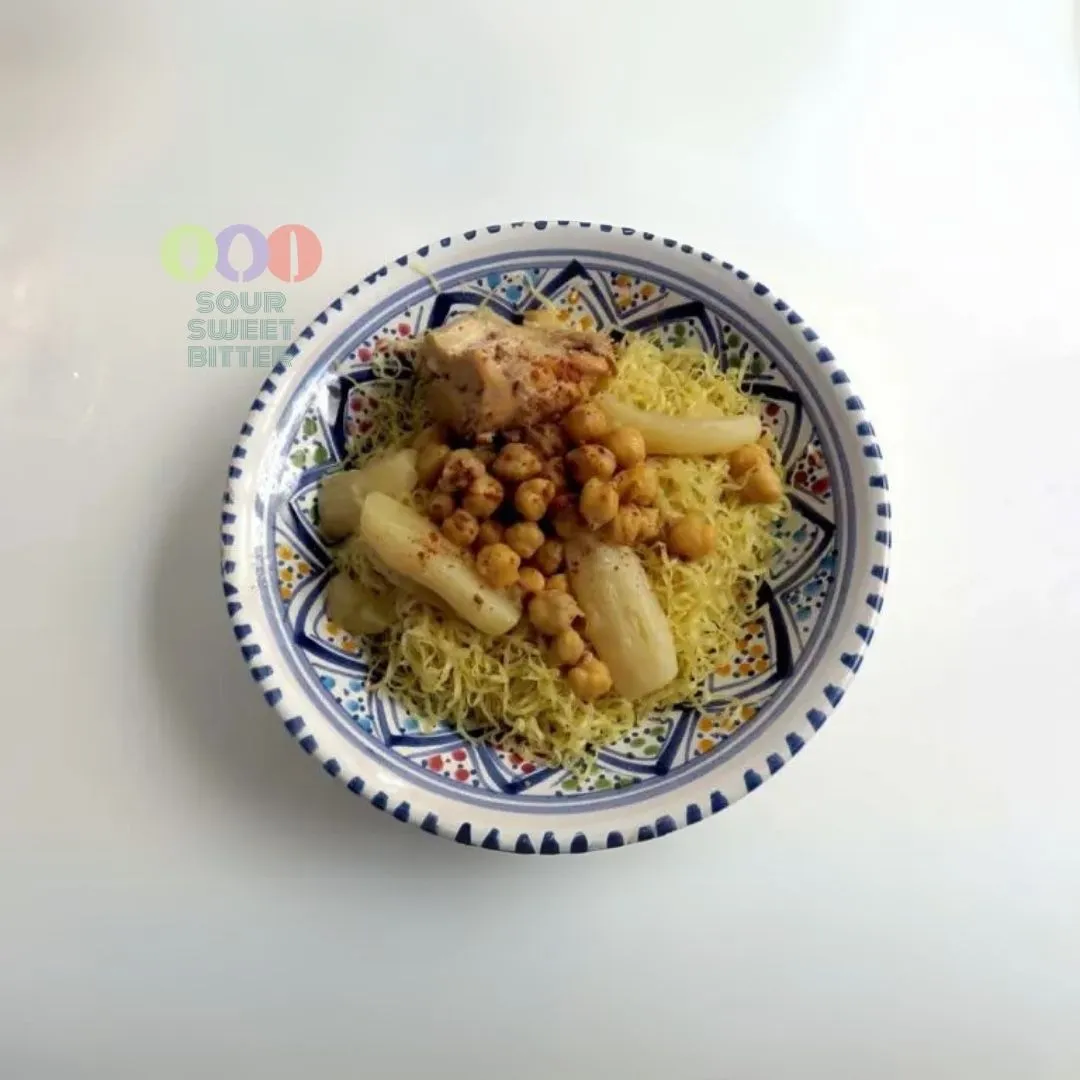Blanquette de Veau: A Timeless French Classic
Blanquette de veau is one of France’s most cherished culinary traditions, a creamy veal stew known for its refined yet comforting flavors. Loved by families and gourmet chefs alike, this dish highlights the elegance of simplicity in French cuisine.
A Historical Treasure
Originating in the French countryside, this dish dates back to the 18th century when rural families prepared it as a humble meal. Over time, its appeal grew, reaching the tables of the French elite. The name “blanquette” refers to the white color of the sauce, made creamy by a rich, velvety base. As its popularity soared in royal courts, it became a symbol of French culinary prowess, and its legacy continues to thrive.
The Recipe: Simple Yet Refined
Blanquette de veau is prepared with a balance of subtle flavors. Quality veal is gently simmered with aromatic vegetables like carrots and onions, allowing the ingredients to maintain a delicate profile. The dish is finished with a smooth sauce made from butter, flour, and egg yolks, blending seamlessly with the tender veal. The straightforward preparation underscores the beauty of each component, letting the ingredients shine without overwhelming the palate.
A Tradition of Togetherness
For many French families, blanquette de veau is more than just a dish. It’s a symbol of tradition, often served at family gatherings or on special occasions. Preparing it can be a collaborative effort, with each family member contributing, making it a dish that fosters connection. The experience of cooking and sharing this meal is as cherished as the dish itself.
Blanquette de Veau in Modern Times
Though rooted in history, this French classic remains relevant in contemporary kitchens. Chefs today often reimagine the dish with creative twists, adding modern elements while maintaining its core essence. Its enduring appeal has also extended beyond France, making it a beloved choice among food enthusiasts worldwide.
Blanquette de veau stands as a timeless example of French culinary heritage. Its rich history, deep family significance, and adaptability ensure that it will continue to be a cherished dish for generations to come. Whether served at a special event or enjoyed during a family meal, it continues to represent the heart of French culture.
Discover Traditional French Recipes Discover Traditional Recipes from Europe You may like this also: Greek Soutzoukakia
French Blanquette de Veau
Ingredients
Instructions
-
Place 40g butter (of the 60g) in a casserole dish over fairly high heat. When it crackles, add the pieces of veal sauté and the 2 finely chopped onions. Add salt, pepper and nutmeg.
-
Lightly brown the meat. If there are any juices, let them evaporate. When the meat is well seared on all sides, add the two tablespoons of flour. Stir carefully with a spoon to distribute the flour evenly in the casserole. While stirring, gradually add cold water. Add enough to completely cover the meat.
-
Add the bay leaves, thyme sprigs and bouillon cubes.
-
Cut an onion in half and prick each half with two cloves. Place in the juice. Close the lid and turn the heat down to minimum to maintain a gentle boil. Cook for 1 hour and 45 minutes, stirring occasionally.
-
After this time, check the meat for doneness. It should be very tender. If not, continue cooking. If necessary, add a little water.
-
When the meat is soft, remove it from the juices, along with the onion, bay leaf and thyme. Only the meat remains.
-
When the meat is soft, remove it from the juices along with the onion, bay leaf and thyme. Only the meat remains. Replace it with the chopped leek and the peeled, sliced carrots.
-
Wash the mushrooms and remove part of the stem. Then cut into slices. Cook for half an hour in the casserole dish. The vegetables should be cooked through and the juice slightly reduced and smooth. Pour in the cream.
-
Remove the vegetables and set them aside with the meat.
-
Place the two egg yolks in a bowl. Mix them together and pour over a ladleful of hot sauce. Add the tablespoon of lemon juice. Mix well, then pour into the sauce while whisking.
-
Add the remaining 20g of butter, mix well. The sauce is now smooth and ultra flavourful.
-
Return the meat and vegetables to the sauce and keep warm until ready to serve.
-
Serve with rice, pasta or baked potatoes, for example! You can, of course, prepare the sauce the day before and then reheat it. If the sauce is too firm and unctuous, add a little water. Blanquette de Veau is ready. Bon Appetit!



















